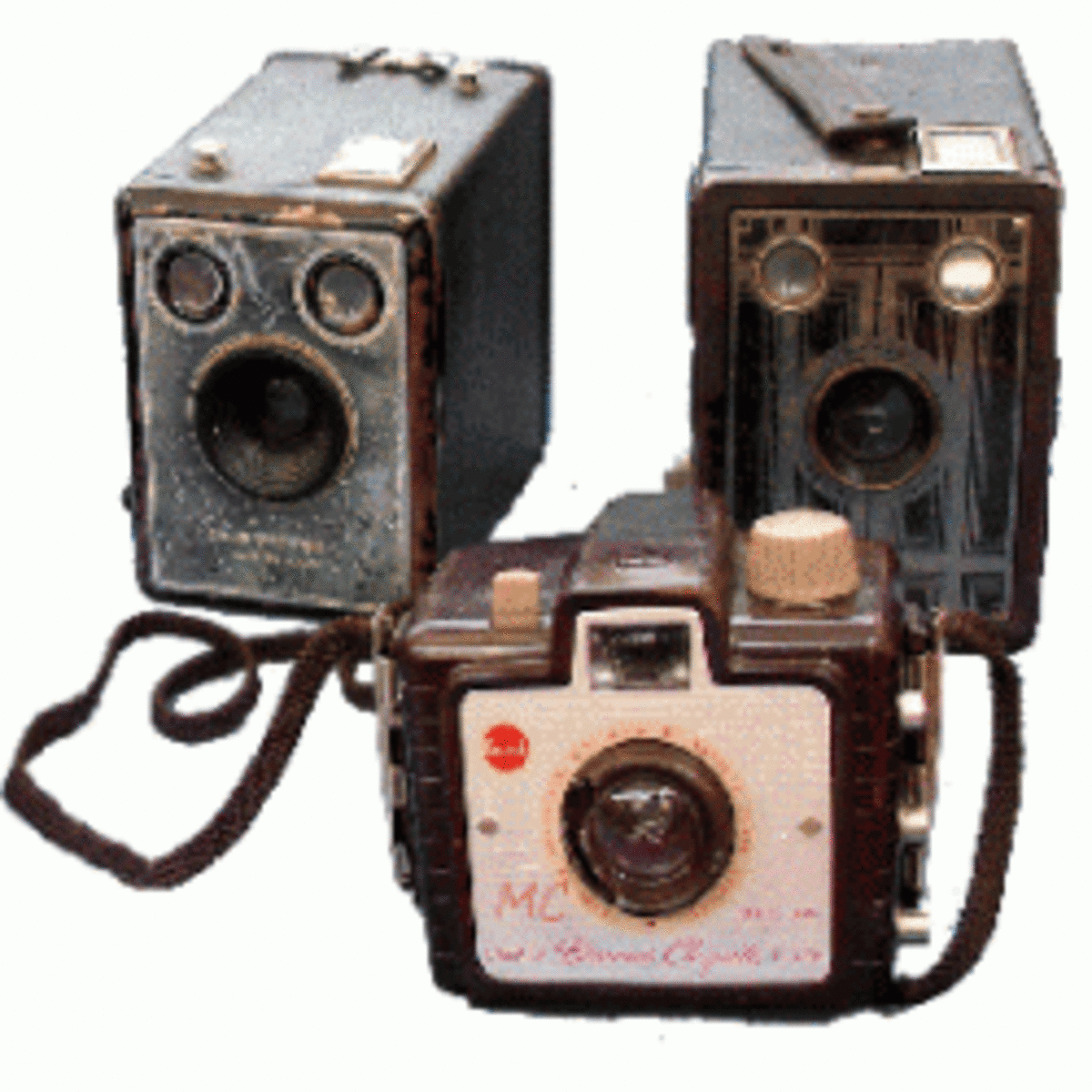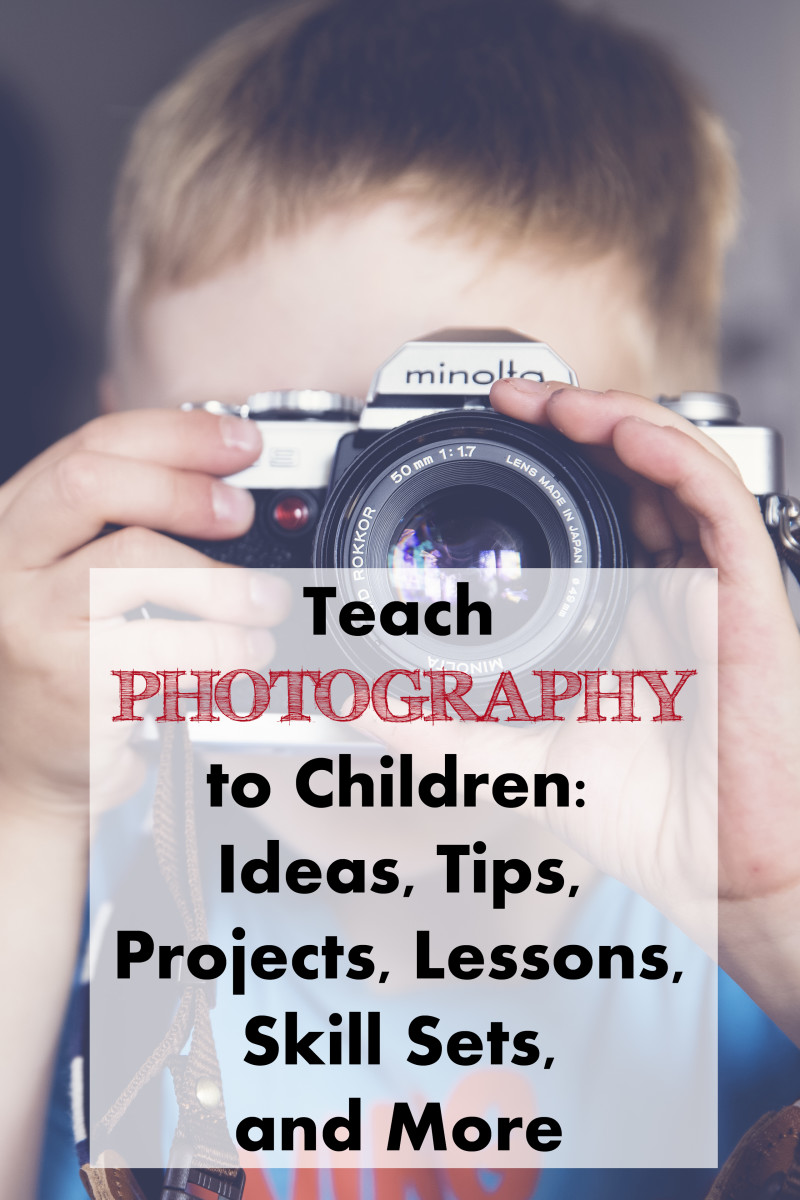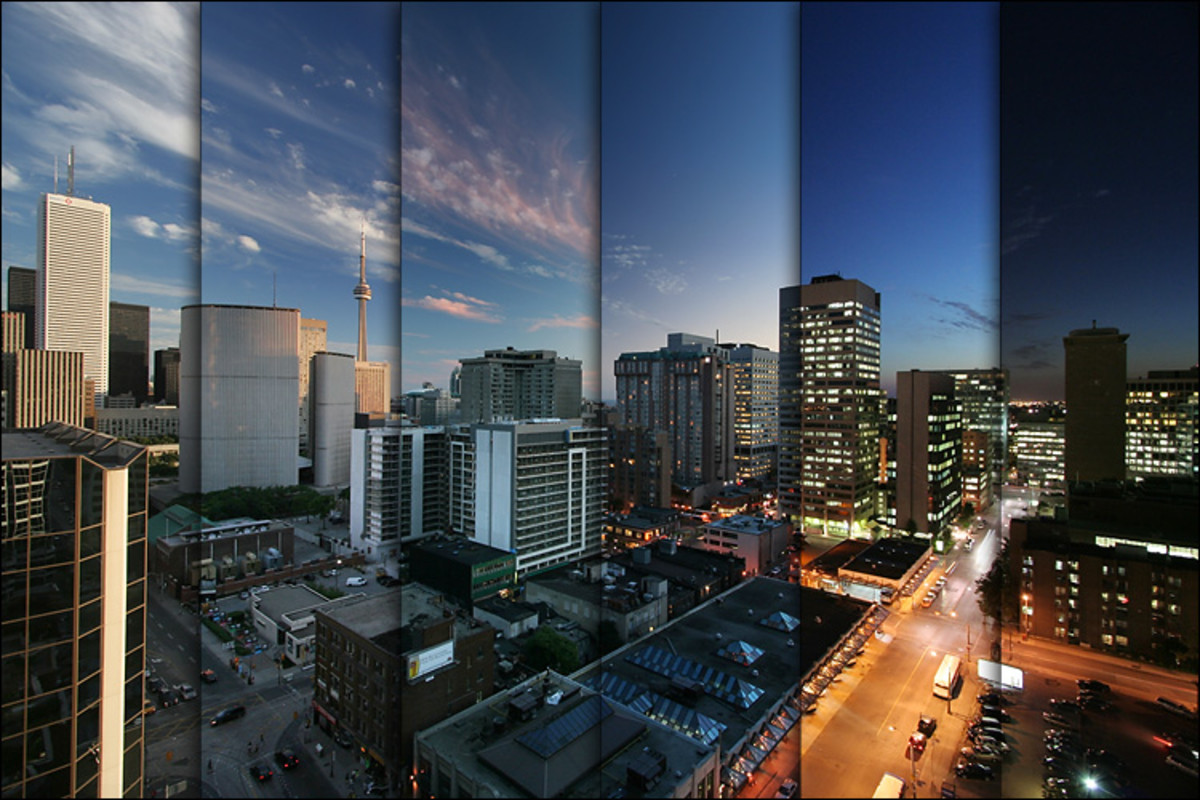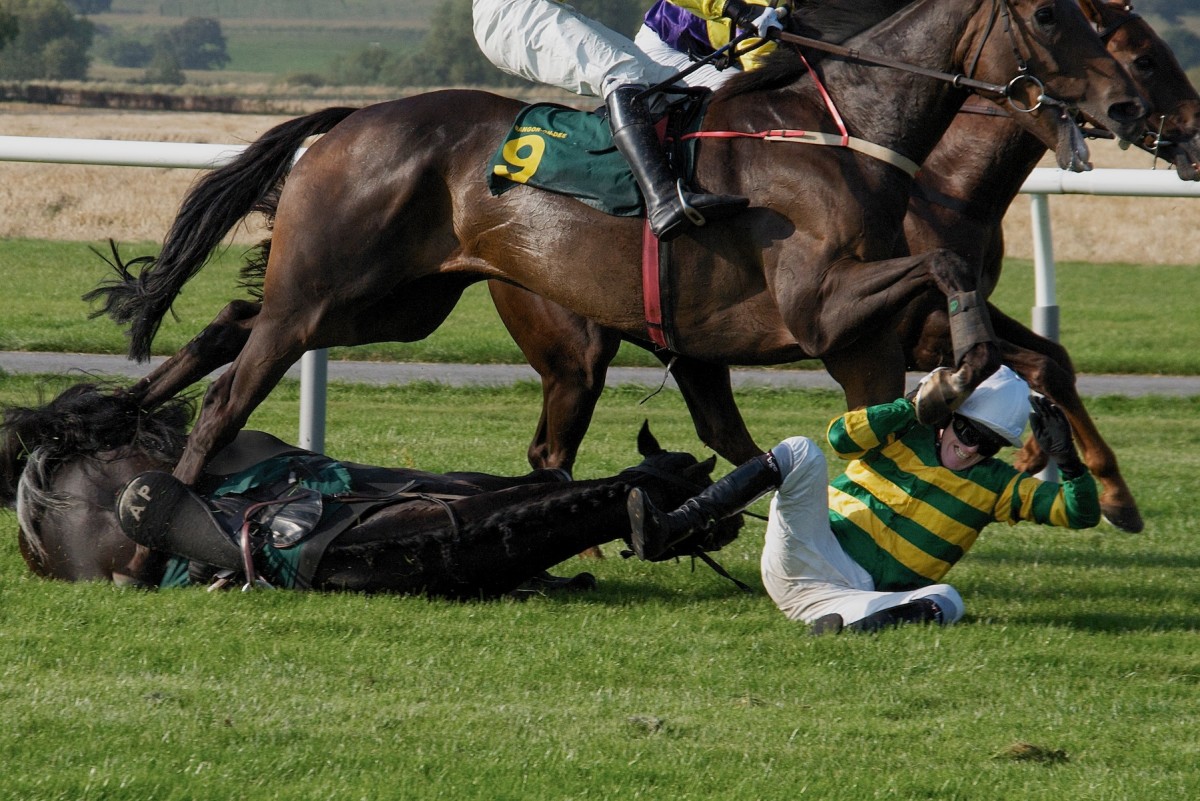- HubPages»
- Arts and Design»
- Photography»
- Photography Instruction & How-Tos
Some tips how to change your photos into cash.
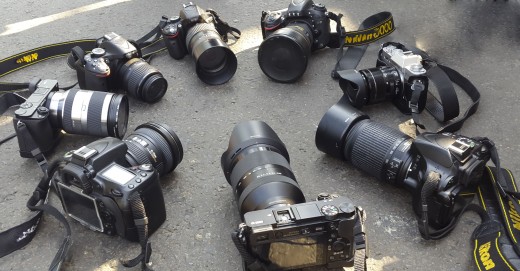
My experience is my teacher.
Here are some information I've learned from my teacher how to make money from my photo collections and from the skills and knowledge in photography.
Kinds of photos we can sell.
Although basically all kinds of photos can be sold, but when it comes to photos with market values then we need to consider some conditions to meet standards of criteria required by marketable images. Here are some principles that can be used as the guidance in selling photos:
1. Meet photographic quality standard.
Images which meet photographic quality should be properly exposed, free of grain, the point of interest has sharp focus, well composed with minimum post production touch (editing). Images which meet photographic standard will give clients or users freedom to edit or apply filters they want to use without being worried too much of ruining the image quality.
Information about how to evaluate our photos is given in special section below.
2. Have commercial values.
Besides meeting the quality standard,The images we sell should have commercial value. Images that have commercial value are made to meet market's need. To know what market needs, we can get the market update that some stock agencies provide for their contributors. Market needs can also be found out from trends that (are going to) take place in particular place and times, i.e two months before Christmas or around October, Christmas related images are in demand. Another example of time when the market needs particular images is one or two months before Eid el Fitr in moslem countries. Supplied with information about times in which the world celebrate special occasions, we can fill in the market with anticipating images one month or two prior to those moments.
In term of technological trends, images depicting people driving or dealing with electric cars are in demand today. On the other hand, business related images depicting closeup shaking hands icons are considered old fashioned and shows declining commercial value, so photographers need to present business situation in other preferable, creative, up-to-date ways.
Fashion, gadgets, food also create their own trends and determine the market demands too.
What do you need to make good pictures ?
1. A DSLR or Mirrorless camera.
Using dslr or mirrorless camera, we are able to make better pictures than if we use cellphone camera because they have better sensor quality and bigger sensor size which enable us to take pictures in wider scale. Dslr and mirrorless cameras in general also equipped with technology for professional photography, like higher speed, wider focus areas, camera stabilization, etc.
2. Phone camera.
If you don't have cameras of either type mentioned above, don't worry, you can use your cellphone to take stock photos. There are stock agents which accept images taken using phone cameras today since many modern phones have been equipped with excellent camera recently. They have photographically quality lenses to produce high resolution, good sensitivity in catching lights, and have stabilizer to avoid shakes which cause blurry images. Few major factors that cellphone cameras haven't completely competed DSLR or mirrorless cameras that they still use smaller sensor and their speed is not as responsive as their siblings in those professional cameras.
3. Tripod.
Tripod is another must-have equipment since it enables the photographer to make steady, sharp pictures. Taking pictures in low light condition, brings the camera setting to be set in lower speed so that using tripod becomes more urgent in order to avoid shakes, the culprit of blurred pictures.
4. Editing skills.
Photo editing is necessary when we need to improve our image quality in post production, and in many situations, we edit a photo to remove blemishes in the picture as the result of dirty lens, sensor or both. I definitely agree that we should not be over editing our photos. So, we apply minimum editing just to correct the brightness, saturation, or the shadow to some extent to make the picture more technically more acceptable.
Another situation when editing plays its important role when we deal with unwanted objects. Thrash, logos, brands can be found anywhere on earth specially in the places with people's activities, off course we don't want those irrelevant objects to disturb our pictures since they will influence the value or the client's acceptance to our photographic works.
1. Photo exhibition
Photo exhibition can be a good opportunity for selling photos. Many photographers earn income from holding photo exhibitions. In this event, you will not only sell your work but also market yourself as professional photographers. You can hold a solo or in a group exhibitions with some pros and cons. The biggest advantage of a solo exhibition that you and your work are all the attention in the event. You also have freedom in managing the exhibition space. Solo exhibition also has a cons side that all costs are on you. On the other hand, if you hold it in a group all costs are borne by the whole members while the cons you have to be willing to share the space and the selling revenue earned in the event.
If you are not experienced in holding photo exhibition, joining a group exhibition is a good idea. Joining a group exhibition also gives you advantage to learn the ropes of this event until you are ready to do it all yourself someday.
Exhibition costs may include :
Venue rental.
Photo prints and frames.
Transportation.
Invitations.
Promotions.
Exhibition crew allowance.
2. Sell photos to stock agencies.
Another way to make money from our photos is by selling them to photo stock agencies or microstock agents. Top rank stock agencies due to their sales are Shutterstock, Fotolia, iStock, Dreamsteam and 500px . I myself find Shutterstock more convincing since it motivates me to be more productive proven with selling performance the agent has given me so far. All of those microstock agencies administer photographic standard quality and commercial values of photos their contributor send. Besides that, photos with identifiable faces and properties must attach model or property releases. Photos without model releases can still be marketed under editorial instead commercial category although not all agents provide editorial section.

The main consideration in choosing agents to be our partner in selling photos is how attractive their scheme in revenue sharing when our photos are sold. How they treat photographers as contributors fairly in profit sharing. Here are some brief comparison s of revenue sharing that some photo stock agents offer to their contributors:
iStock
shares 15% for non exclusive contributors, 25%-45% for exclusive contributors, the percentage range applies on contributor's ability to reach upload target. iStock accepts both commercial and editorial images.
Shutterstock
Shutterstock offers 0.25% to 0.38% per download for the subscription of commercial and editorial photos. The agent accepts commercial as well as editorial (for non commercial purpose images)

Alamy.
Alamy offers interesting portion 50% for every downloaded photo. They limit 3 photos that can be uploaded in one time to Alamy Image Manager. After the photos have been reviewed and approved by Quality Control which normally takes around 24 hours, you can upload the next batch of your pictures.
Adobe Stock/Fotolia:
Adobe Stock/Fotolia applies 20-46% on commission sharing of the amount paid by the buyer. The range is made to classify contributors ranks from white (20%) through diamond (46%) based on the number of their downloaded/sold photos. Photos accepted by this agent are only under commercial category while for editorial they are supplied by an exclusive contributor.
Dreamstime:
Dreamstime rewards a contributor 25-50% Revenue Share for each transaction. Exclusive contributors earn 60% revenue share for all sales, they also get additional $0.20 for every approved picture.
3. Become an event photographer.
Another way to sell your skill in photography is by becoming an event photographer. Event photography can take several forms like graduation, inauguration, ground-breaking, wedding, etc. Having many facets, event photography gives more opportunities to people who work in this field to earn income.

You and your photo collections.
How do you make use of our photos ?
Some tips how to judge your photos.
As mentioned earlier, our photos will be salable if they meet conditions required by the market. Here are some practical tips how to create a photo that meets market demands:
1. Is the photo well lit ?
2. Does it have sharp focus ?
3. Is it well composed ?
4. Does it tell a story ?
5. Does it meet aesthetic criteria ?. A photo will look more aesthetic when it has point of interest, the background is free from disturbing things, the image has no stains nor marks caused by dirty lenses or unclean sensor, and framing will give plus point.
6. Does it follow the market trend ?. Pictures that are captured to meet the market trends (as described above) would certainly have better chance to be sold.



